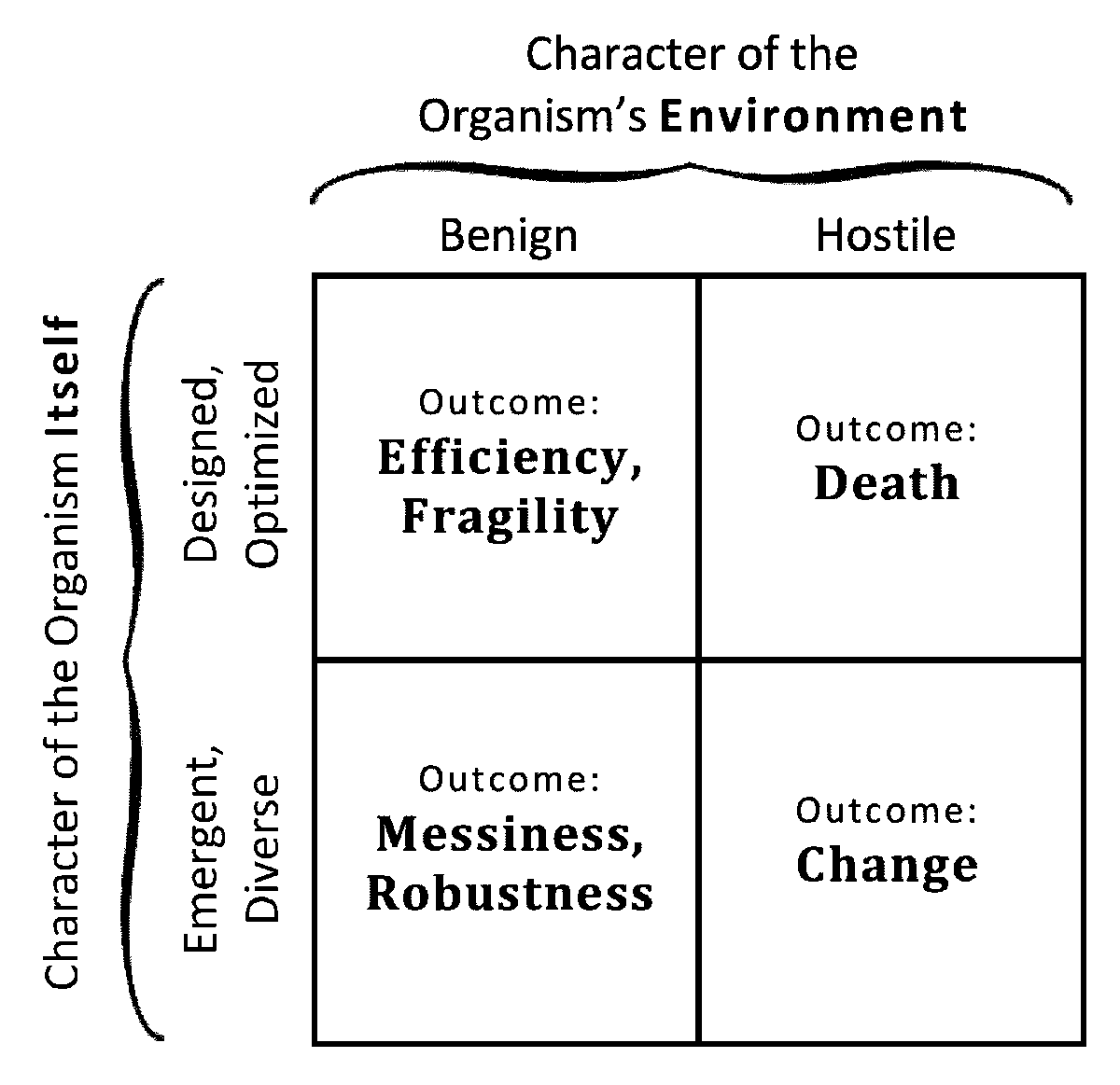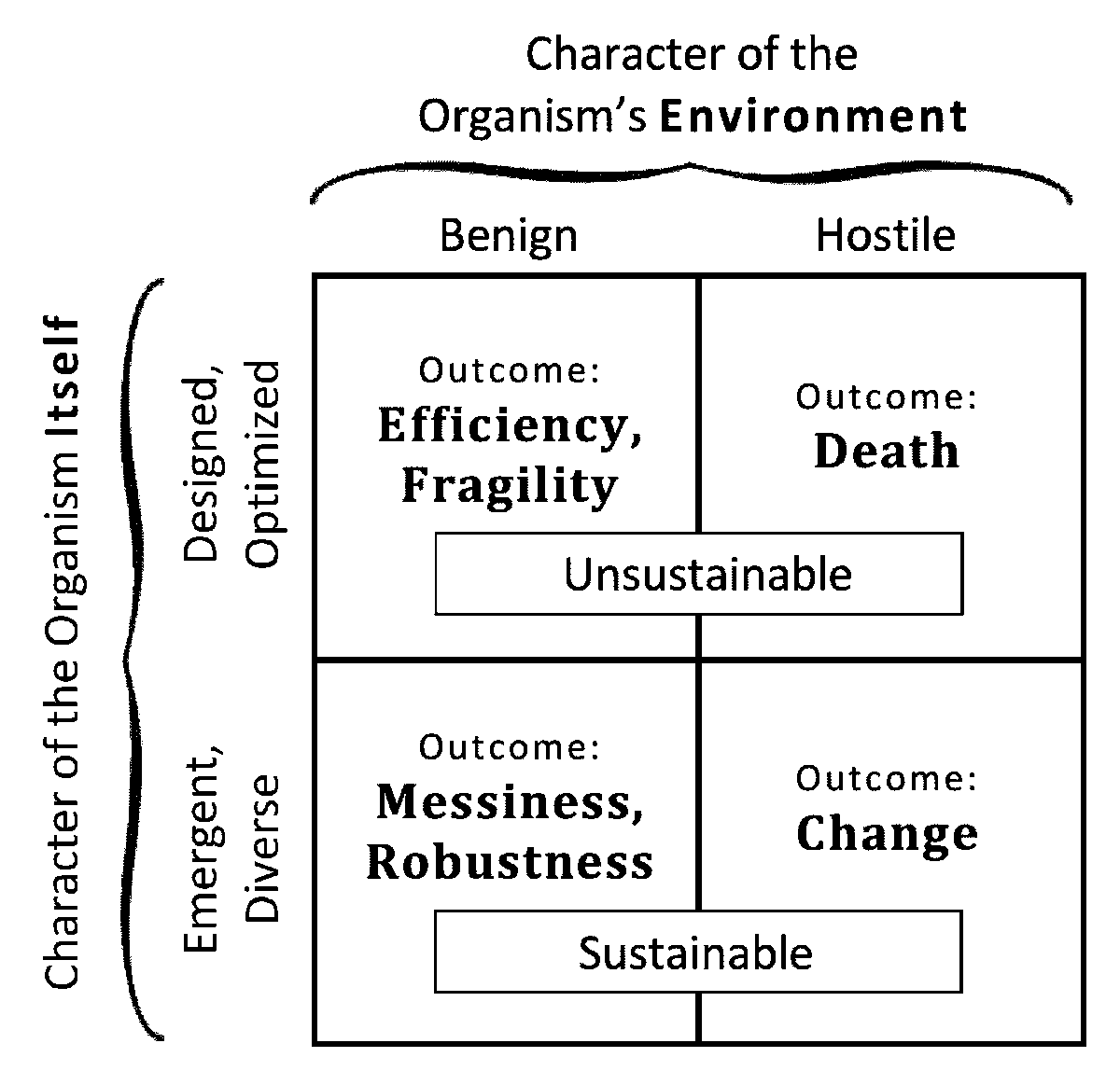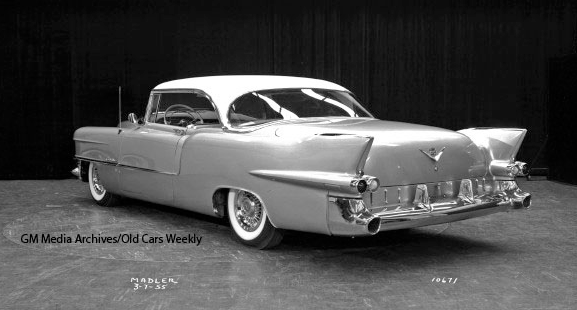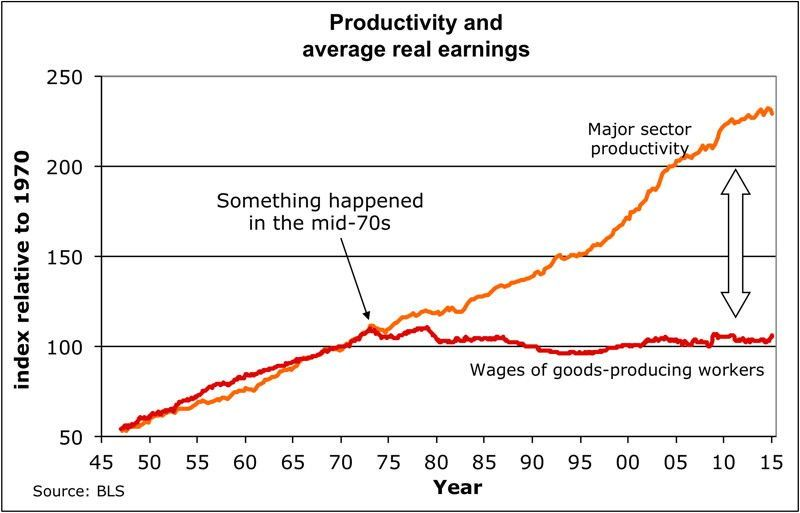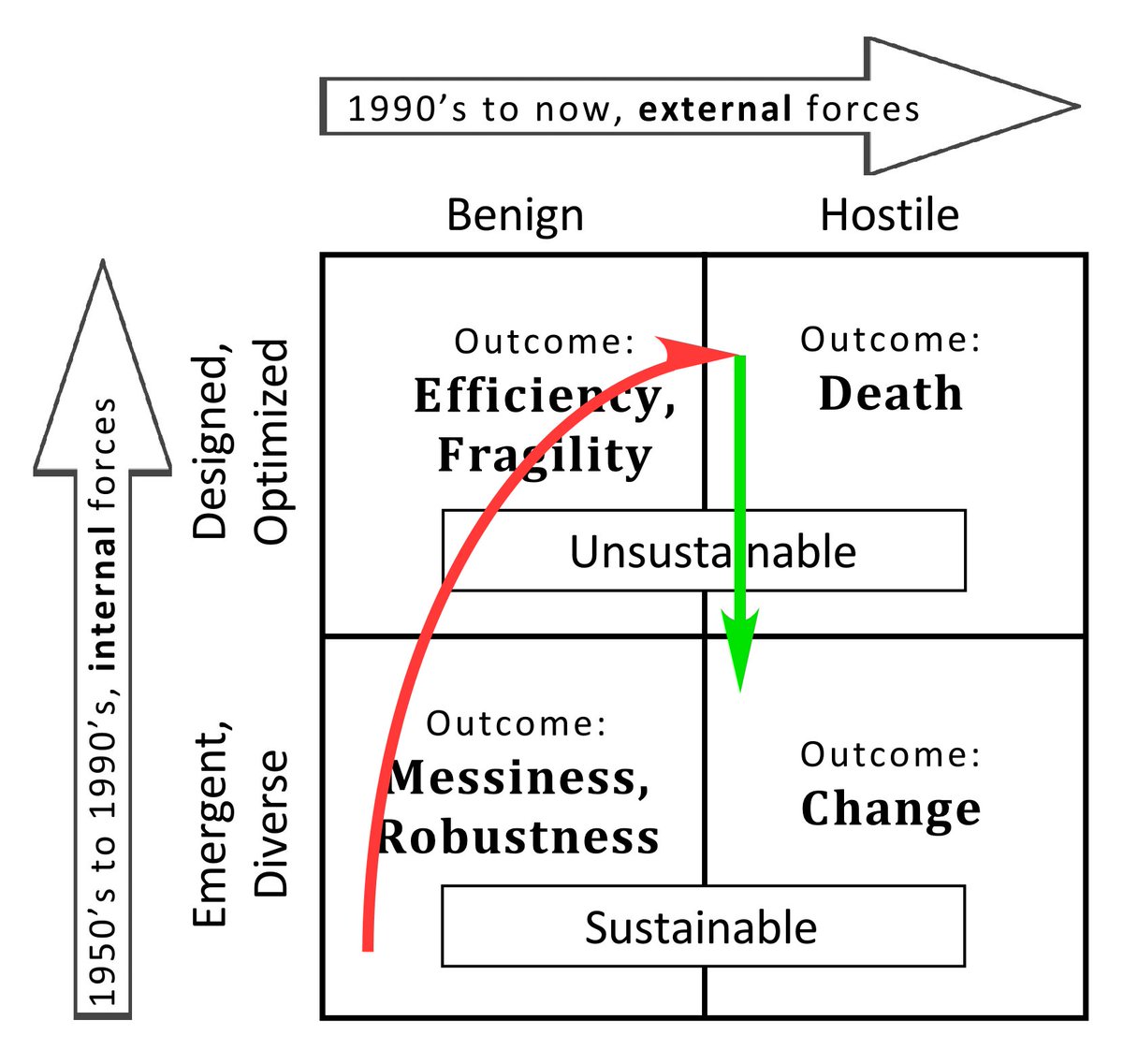TO:My peers in journalism and the social sciences
(e.g., @anelsona @sarahkendzior @carolecadwalla @adamgopnik @craigunger @TimothyDSnyder @RBReich @profcarroll)
FROM:Someone who earned advanced degrees in physics and mathematics 60 years ago but has learned a lot since
1/55
2/55
4/55
)
5/55
6/55
7/55
en.wikipedia.org/wiki/The_Two_C…
8/55
9/55
10/55
11/55
(at 51:05)
12/55
13/55
From a systems point of view, this missed opportunity is an example of academic stovepiping.
worldpoliticsreview.com/articles/8518/…
14/55
My purpose here is to pursue this opportunity to jump lanes in the greater service to society.
15/55
We need to understand how this tradition is being exploited, and we need to find a way around it.
16/55
17/55
18/55
en.wikipedia.org/wiki/The_Great…
19/55
Am I just hoping for some new “out-of-the-box” thinking? (Yes and more.)
Is this too much to ask? (Perhaps, but what if it’s necessary?)
20/55
21/55
22/55
1. Christensen’s “disruptive innovation” strategy. I have already written about this in the context of education. It can suggest counterintuitive approaches to change.
23/55
24/55
I’m presenting it as a 2x2 matrix (pronounced: “Two-by-two”).
2x2matrix.com/downloads/bcg.…
25/55
1.The character of the organism itself.
2.The character of the organism’s environment.
26/55
28/55
29/55
en.wikipedia.org/wiki/Great_Fam…
30/55
31/55
32/55
In my view, this problem has been of our own making.
Below I’m going to use this model to reinterpret the common narrative about how our world has changed since WW2.
34/55
35/55
37/55
38/55
In some parts of the World.
39/55
40/55
aier.org/article/what-h…
41/55
en.wikipedia.org/wiki/Human_Pot…
42/55
43/55
…
en.wikipedia.org/wiki/Washingto…
44/55
45/55
46/55
47/55
48/55
49/55
pbs.org/video/left-beh…
The distress America is experiencing today began a half-century ago.
52/55
53/55
55/55

